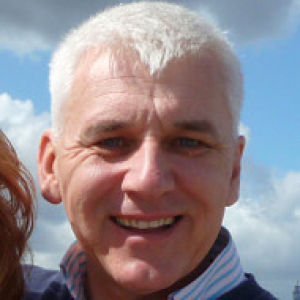‘Beachy Head’ is believed to be a corruption of the original French, meaning ‘beautiful headland’. And it is beautiful, very beautiful indeed. We stopped by today after picking up some equipment for Mrs K's next project. Beachy Head’s prominence makes it a landmark for sailors. The cliffs and the seas below are a danger to vessels – leading to many shipwrecks.
In 1692 Jonathan Darby became Rector of Wilmington and Parson of Friston and East Dean. His duties included the burials of bodies washed up from shipwrecks. This sadden him and spurred him into action. It is thought that some ships were wrecked not just because of difficult conditions, but because sailors were deliberately tricked into wrecking their ships. It is said that people attached lanterns to grazing animals to mimic the effect of lights on other ships, so sailors would believe they were near other ships and far from land. Parson Darby was appalled by the number of shipwrecks and drowned sailors. What was needed was a reliable, fixed light that would warn the men at sea of the whereabouts of the coast. So he excavated "Parson Darby's Hole" in existing caverns. He created a chimney that led up from the coast and "rooms" above it where he set lights on ledges on stormy nights. He often spent whole nights in his caves watching the sea, saving many lives in the process. Parson Darby died in 1726 and is buried in East Dean Parish Church yard beneath the words "He was the sailors' friend."
From 1834 the Belle Tout lighthouse warned sailors of the approaching cliffs but occasional low fog obscured the cliff-top lighthouse. The second lighthouse was erected in the sea below Beachy Head. The 43 metre tower was manned by three lighthouse keepers, who took turns maintaining the light, until 1983 when the lights were automated.

Comments
Sign in or get an account to comment.


